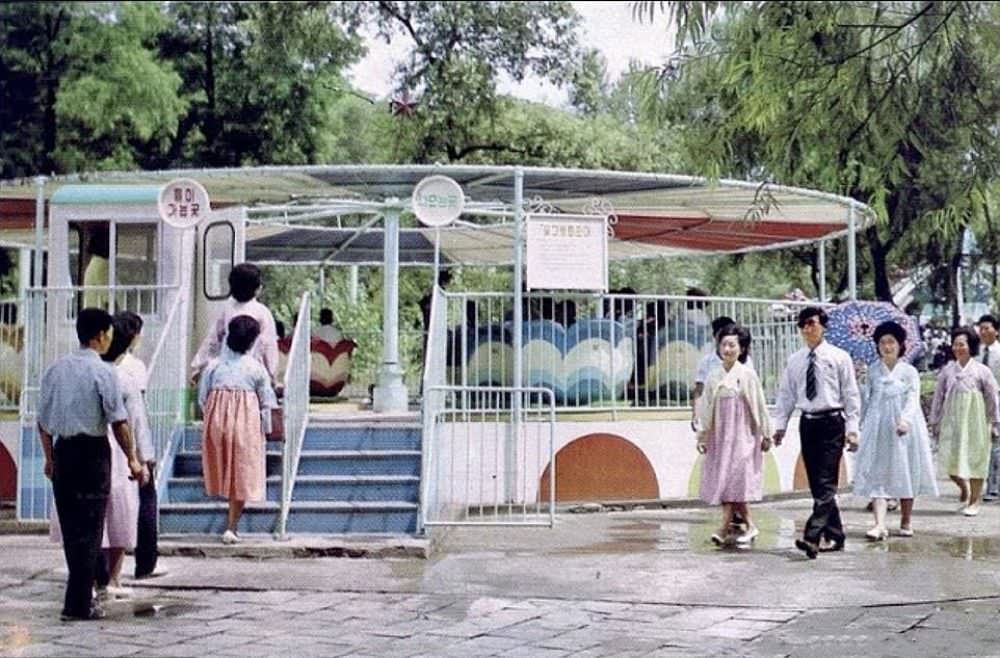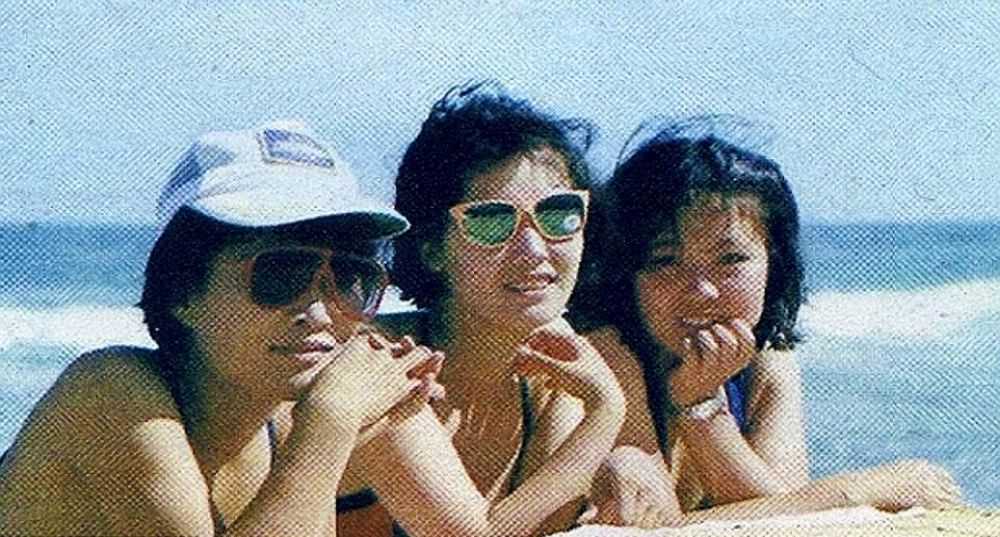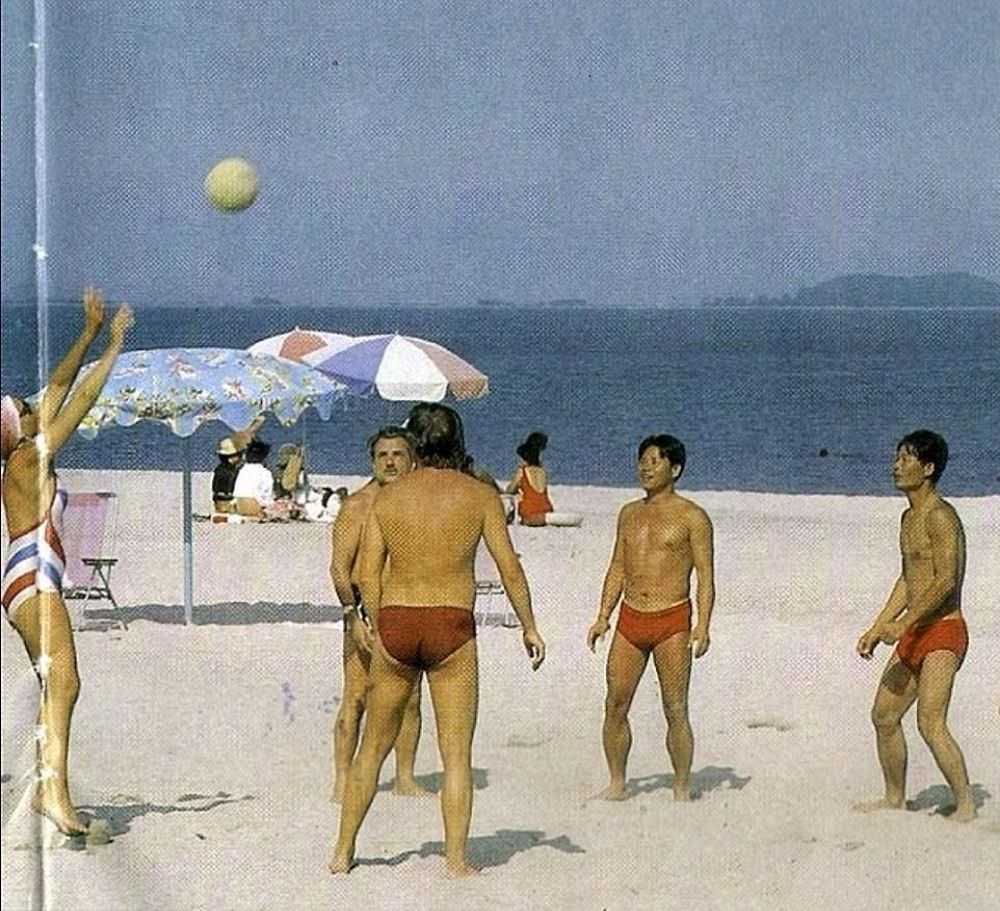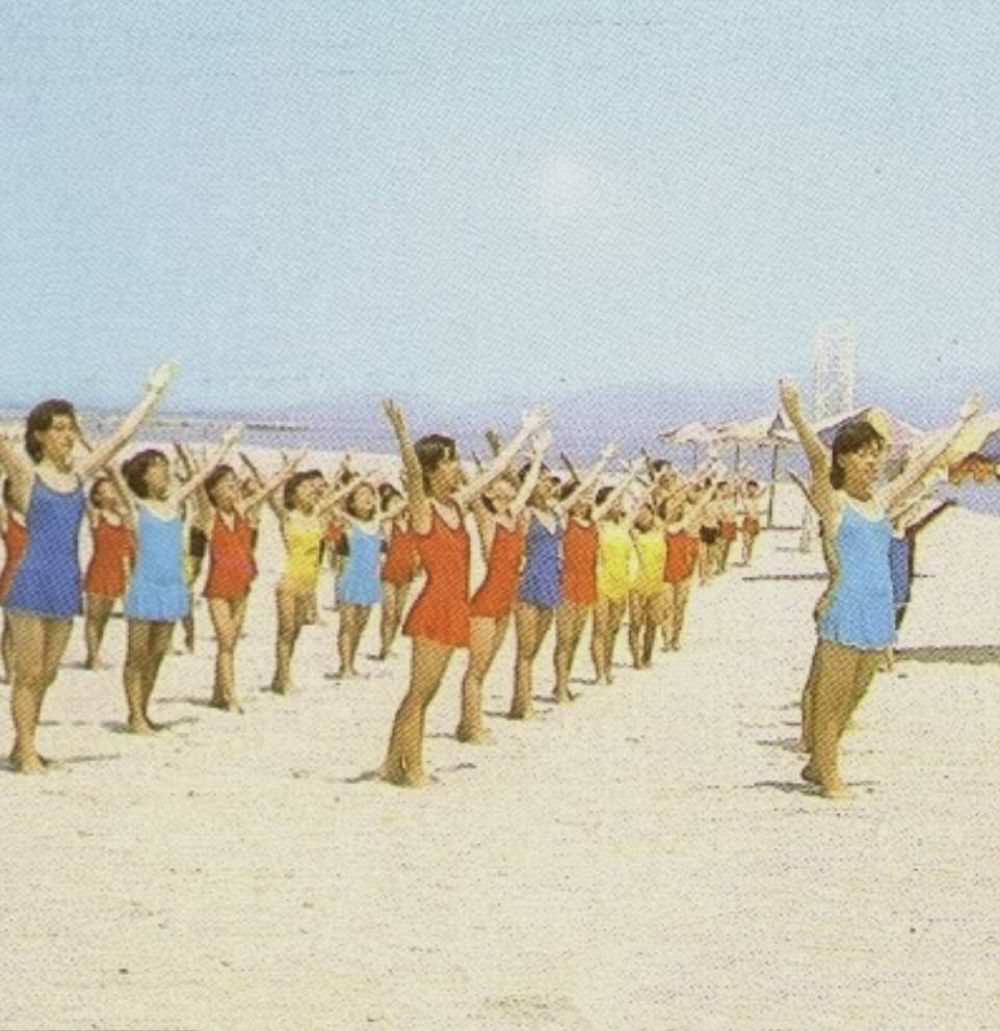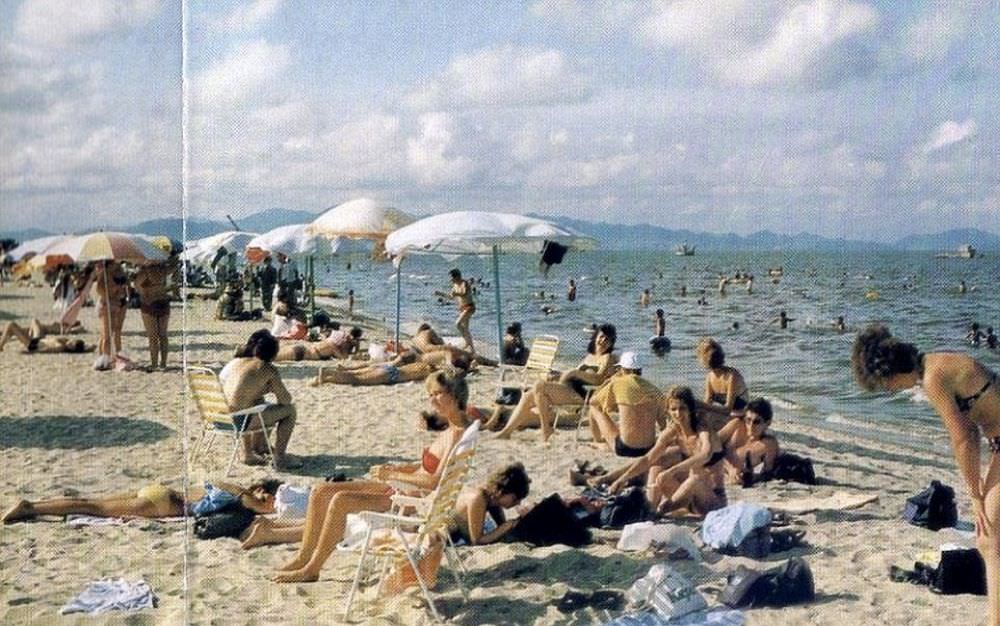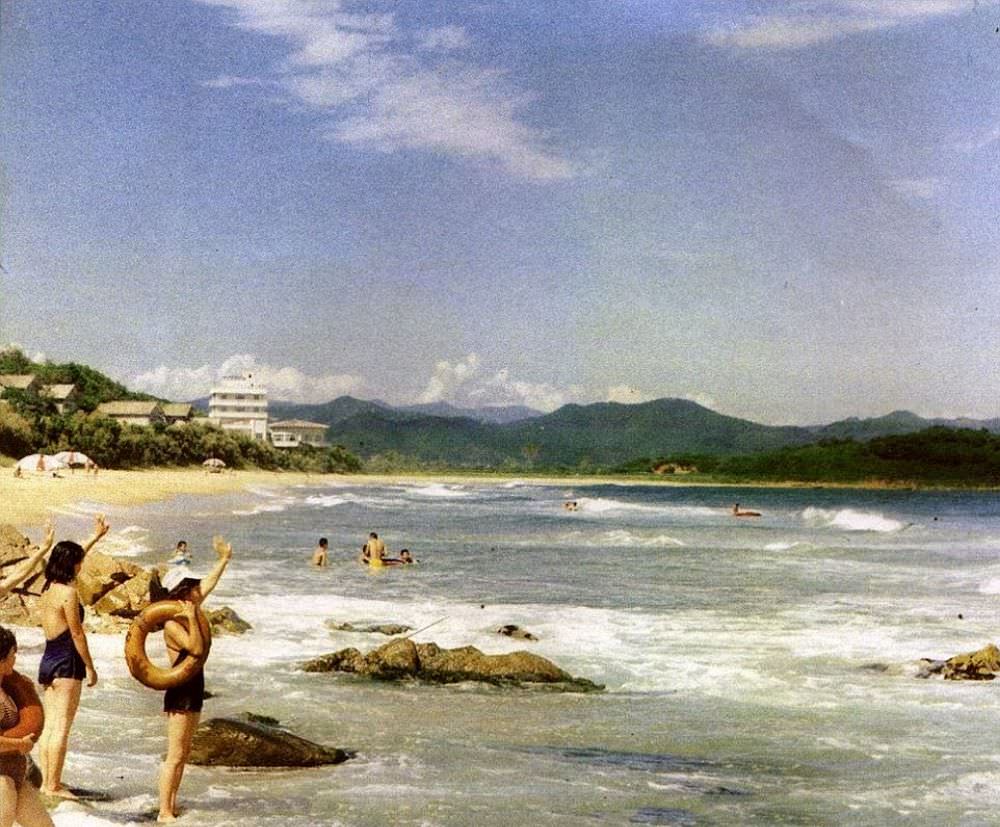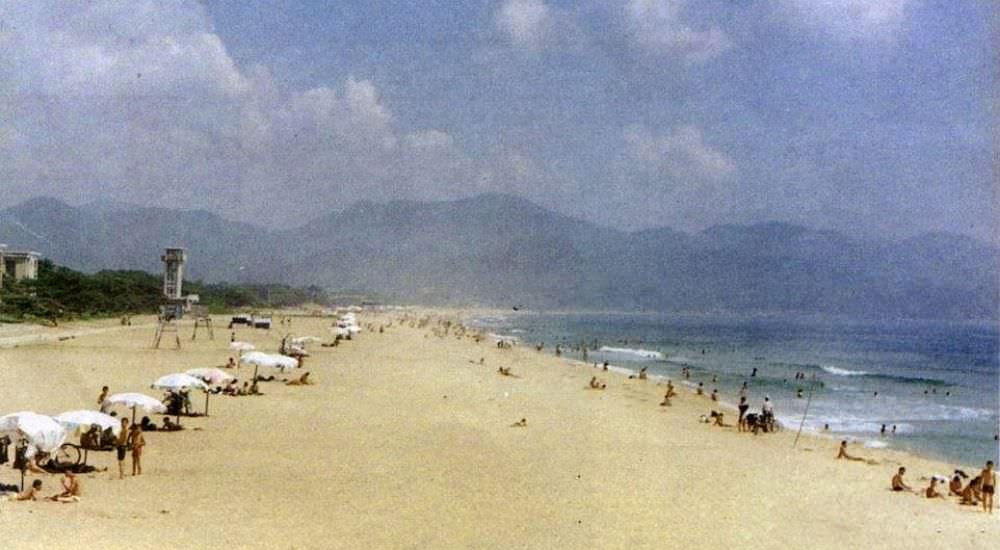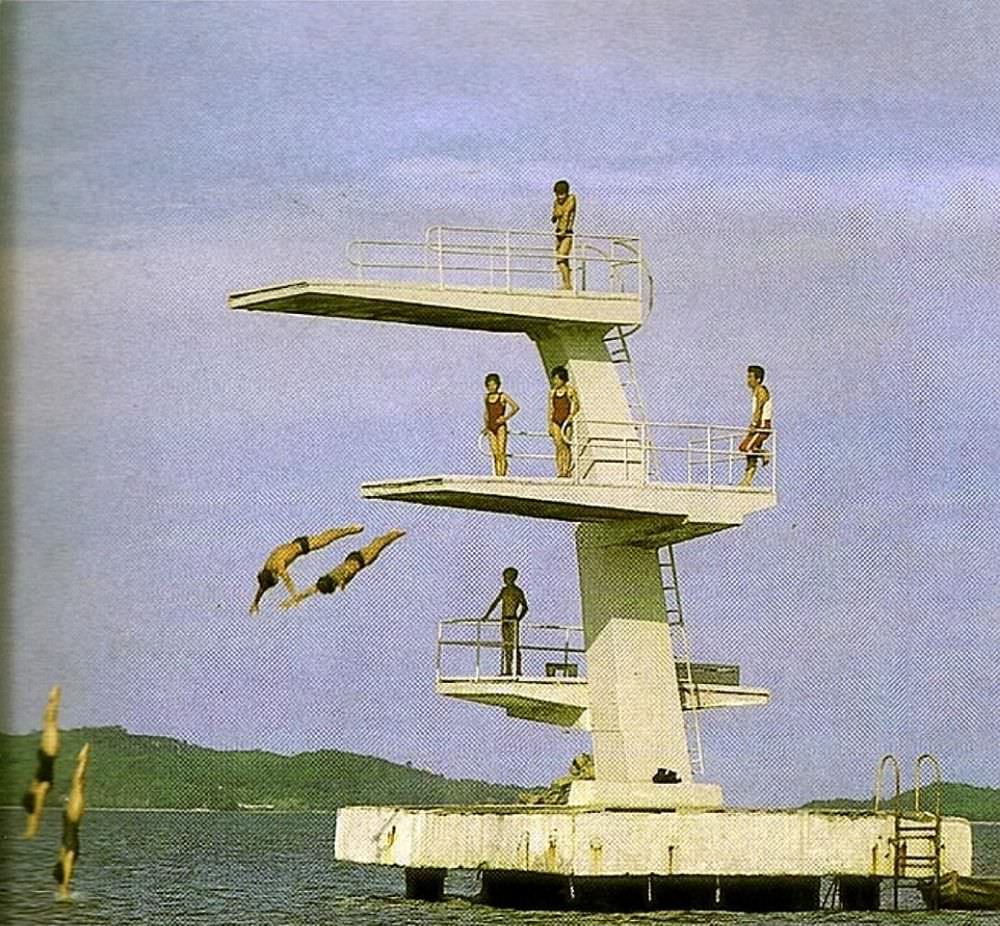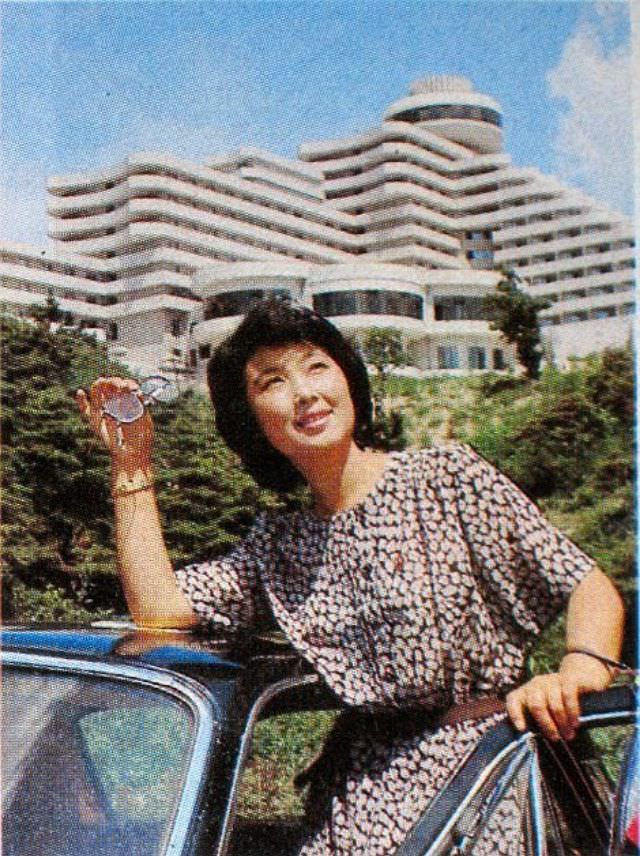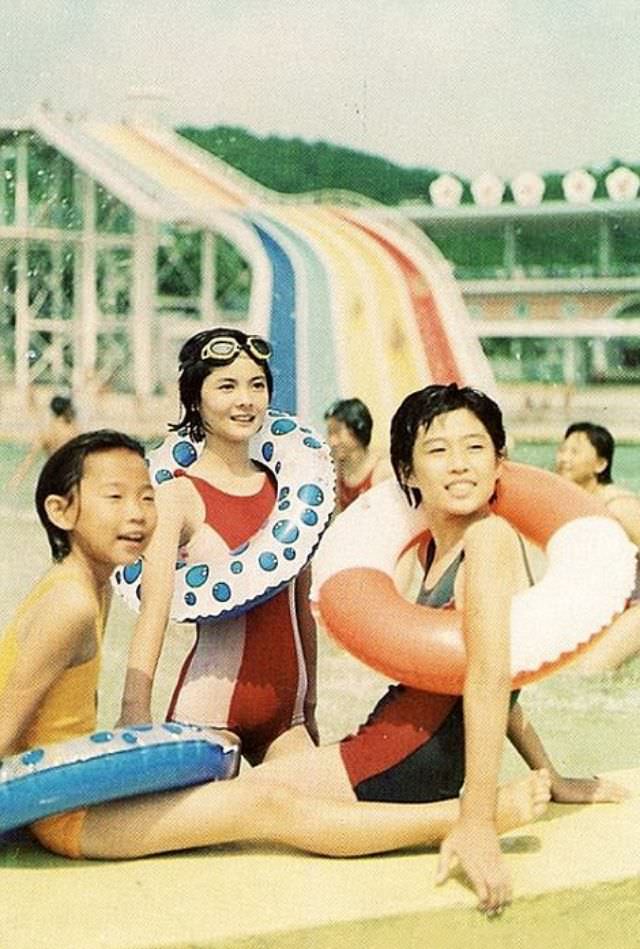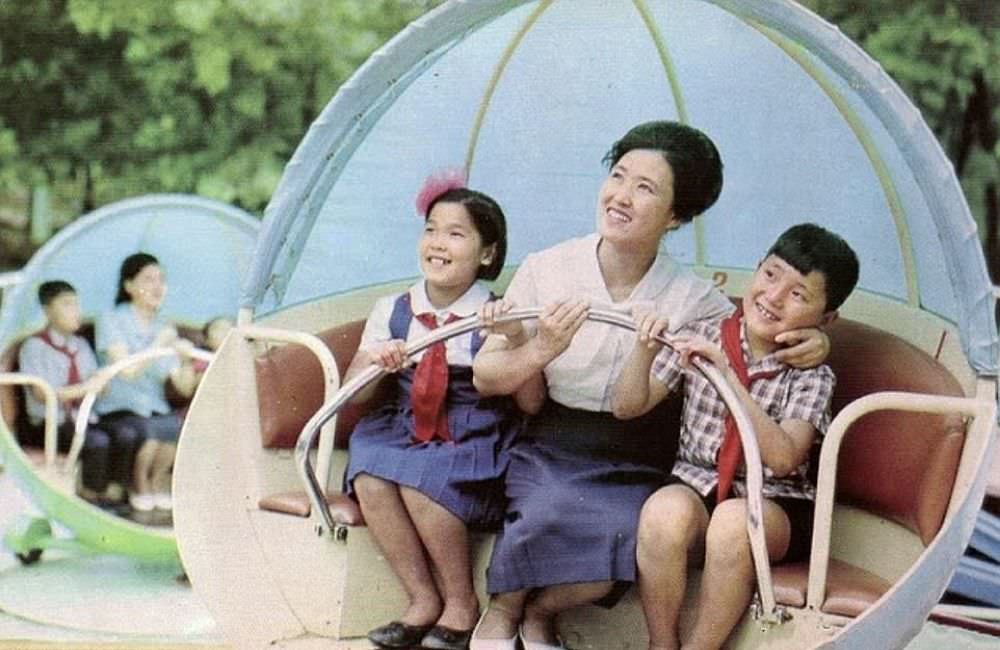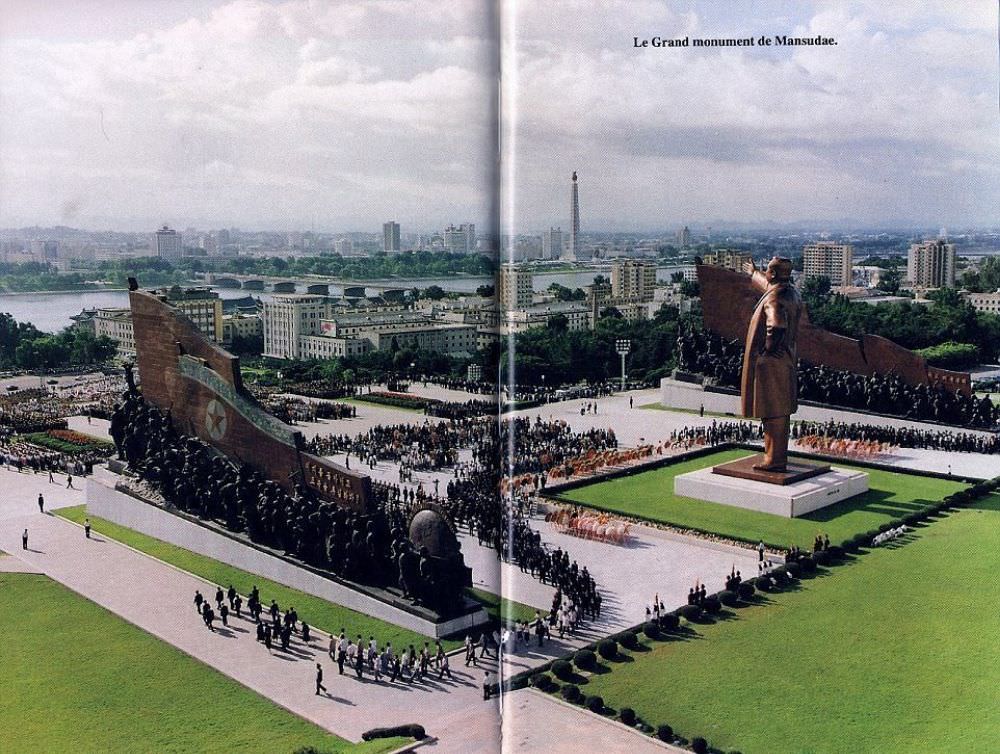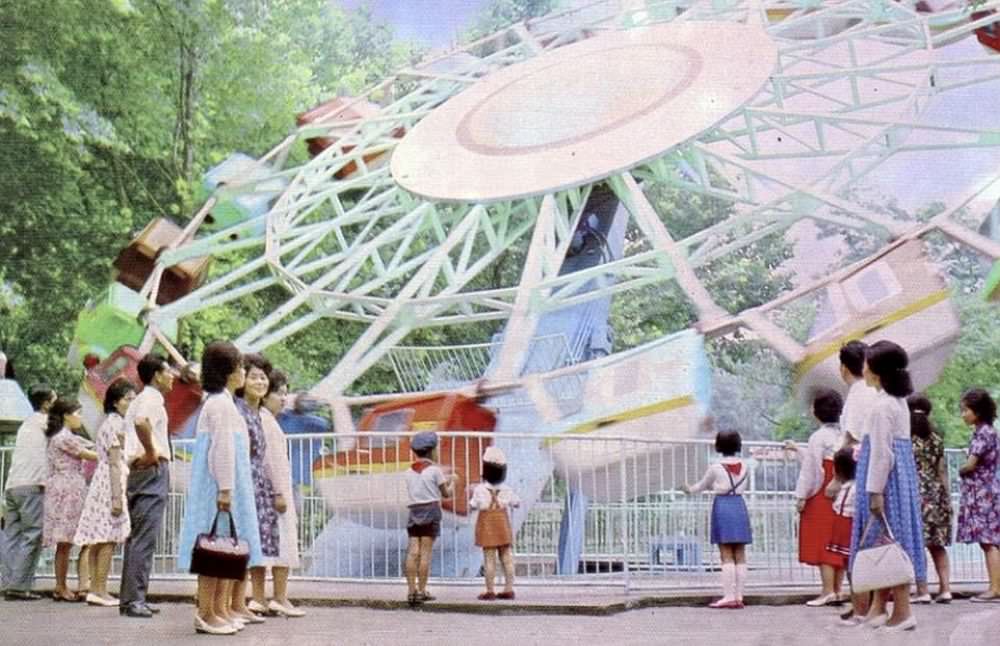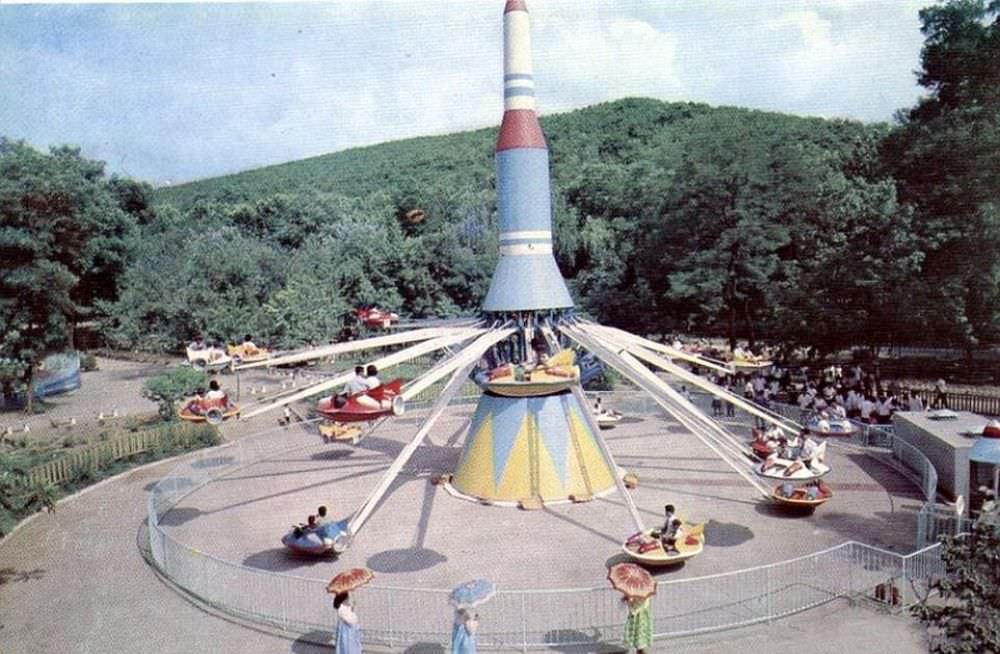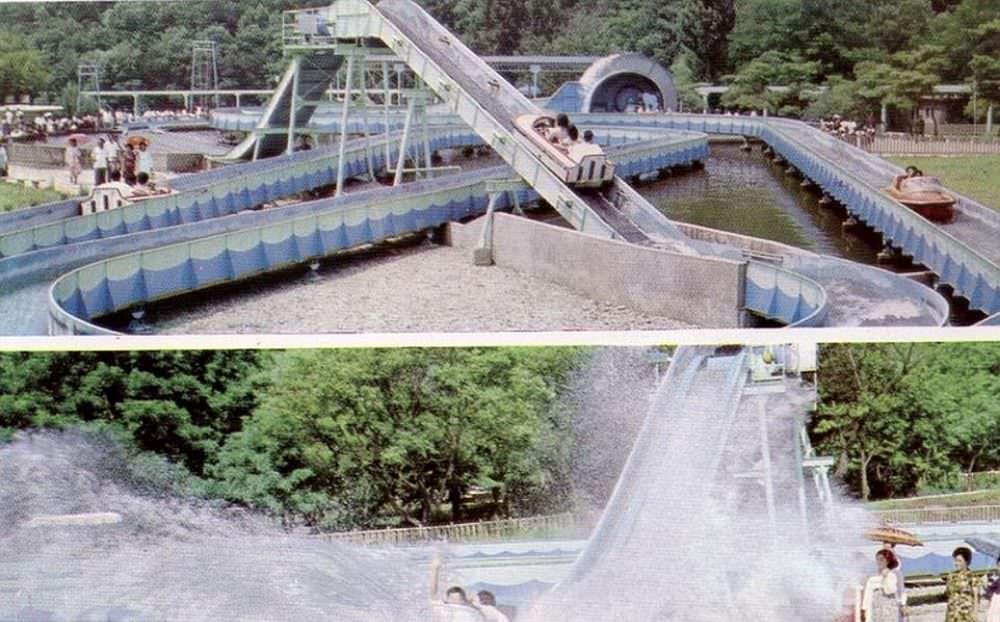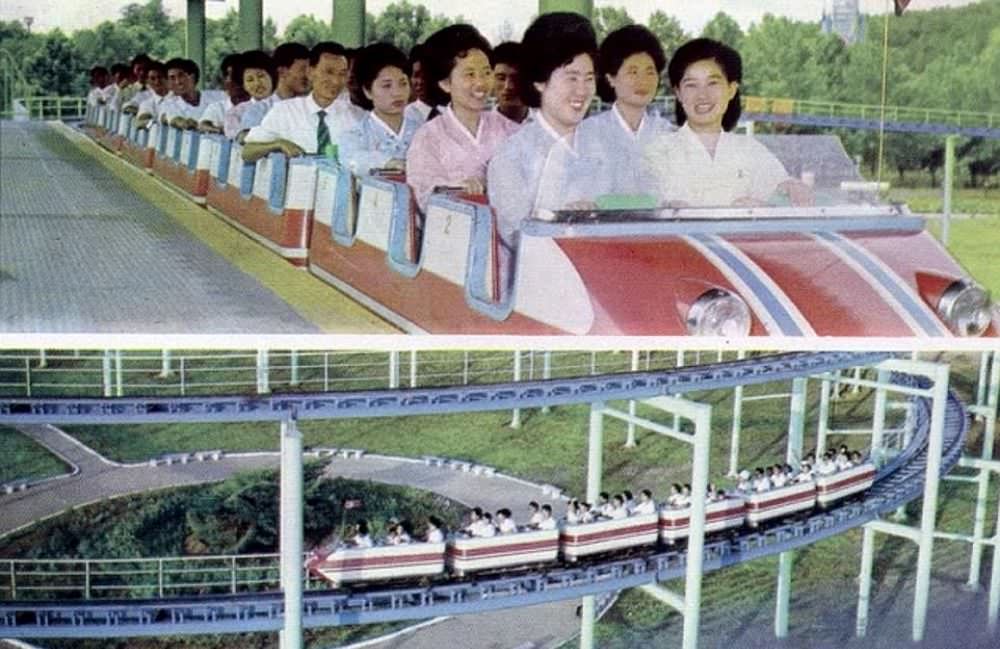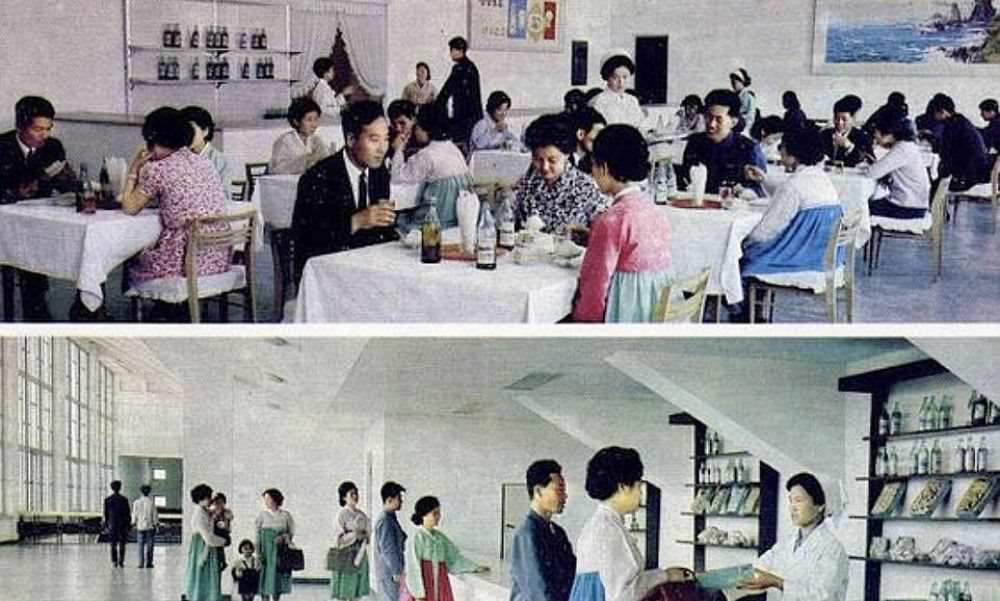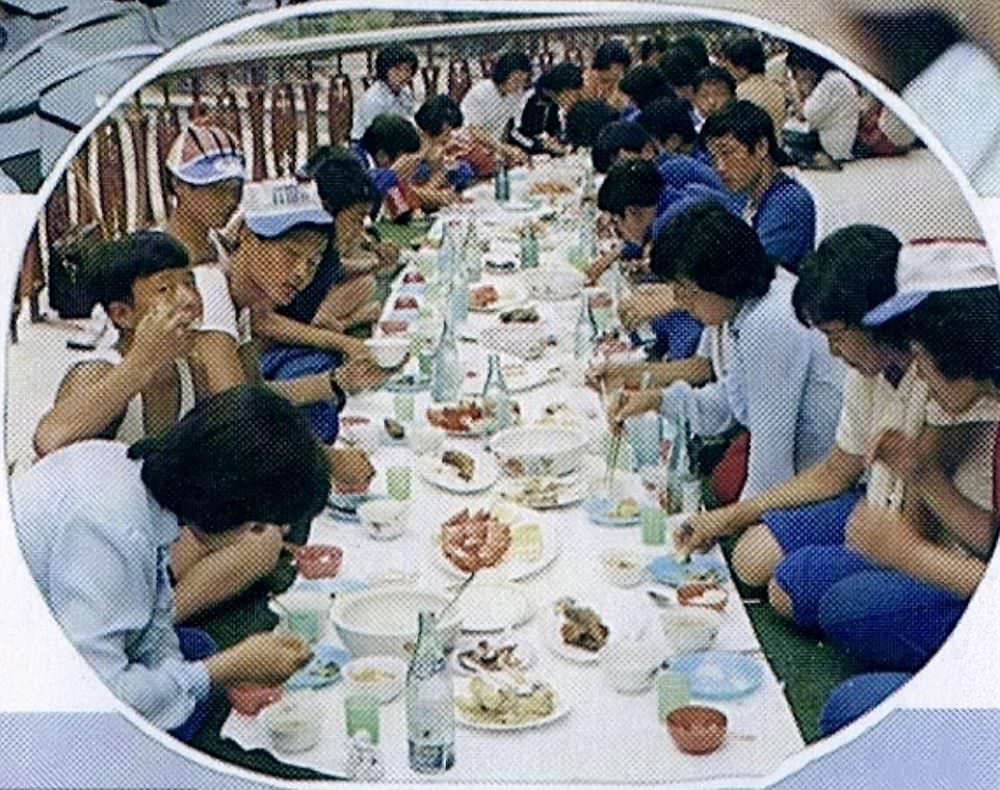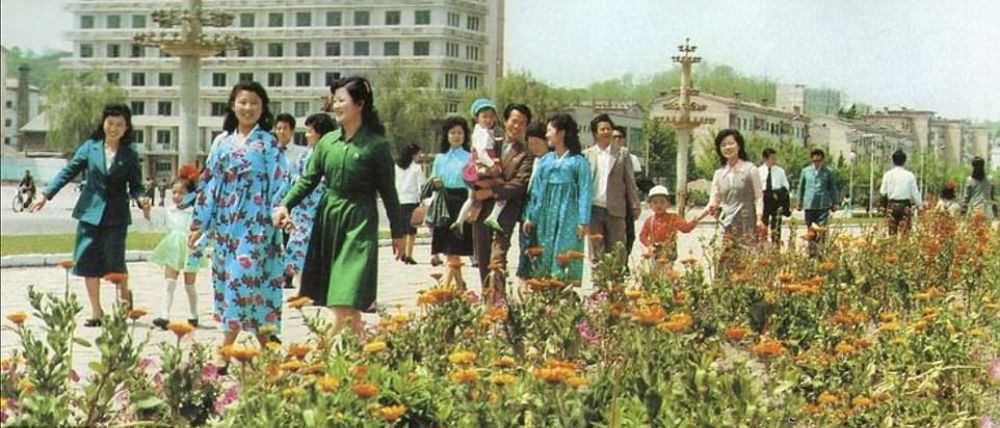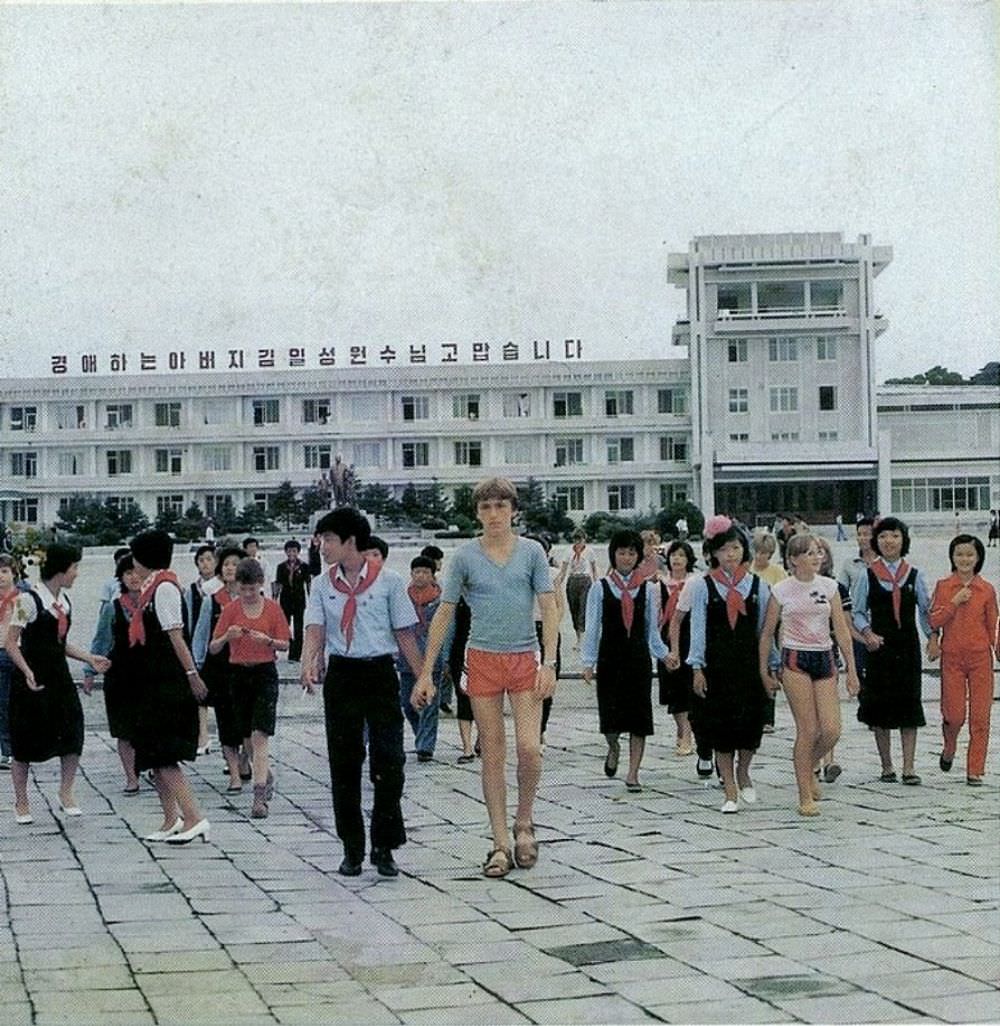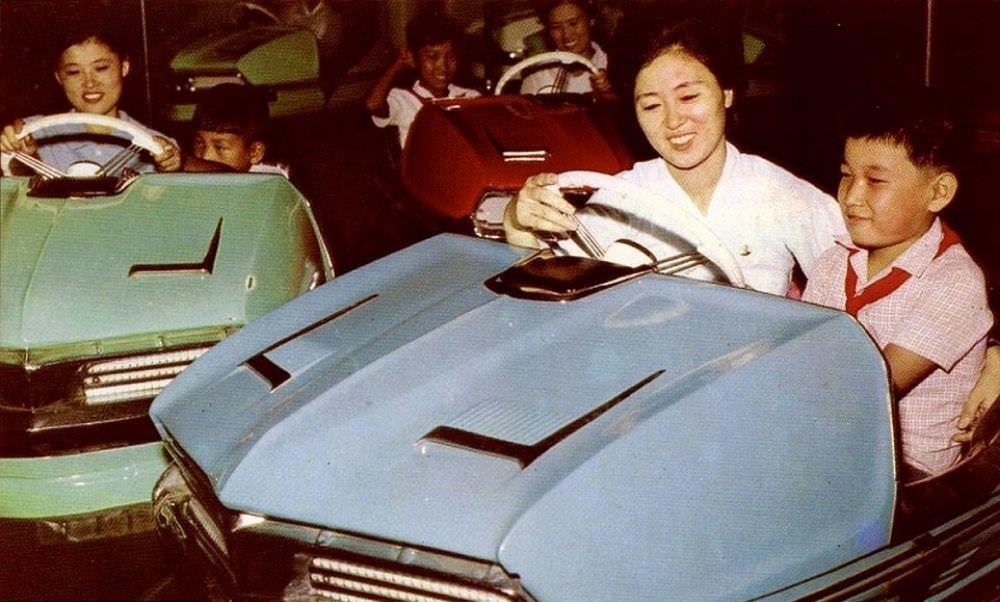North Korea today is known for being very secretive. Getting inside is tough. Taking photos is often not allowed. It’s hard to know what life is really like there. But it wasn’t always this way. Old travel brochures from the 1970s and 1980s show a surprising side of the country. They paint a very different picture.
These brochures were made when Kim Il-sung led the country. He was the first leader of North Korea. His goal was to bring tourists to visit. The brochures make North Korea look like a fun vacation spot. The brochures are filled with colorful pictures.
The photos in the brochures show people having a great time. You can see smiling families on sunny beaches. Kids are laughing on theme park rides. People are enjoying meals of tasty-looking local food. It looks like any other place people would want to visit.
These old advertisements show activities like swimming. There’s boating, too. Some brochures show off nice hotels. They have big, clean rooms. There are pictures of restaurants serving many dishes. The goal was to attract visitors from other countries.
These images are quite different from what we see of North Korea today. Back then, only people from communist-allied countries could visit. It was very rare for anyone else to go. These brochures were part of a specific plan. The plan was to present a positive image.
The old ads also show cultural events. You might see pictures of dancers in colorful costumes. There are photos of parades and festivals. They emphasize the unique parts of North Korean culture. There were images meant to intrigue potential tourists.
The brochures were meant for people from countries that were friendly with North Korea. These were mostly other communist countries. It was part of building relationships with these nations. The brochures aimed to show them a positive side of the nation’s life.


